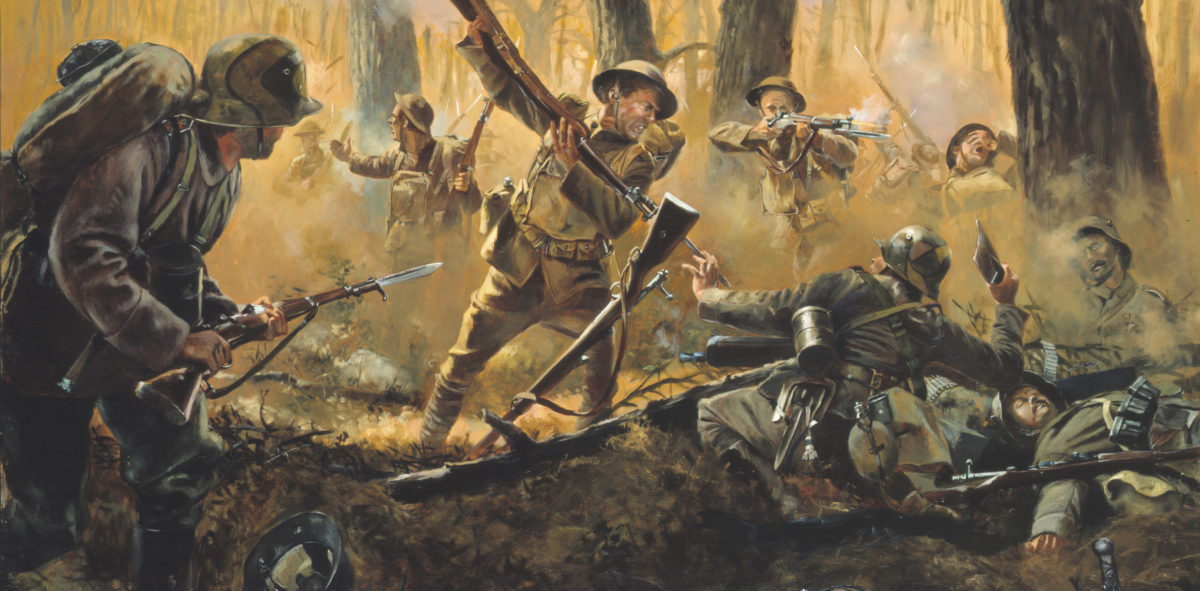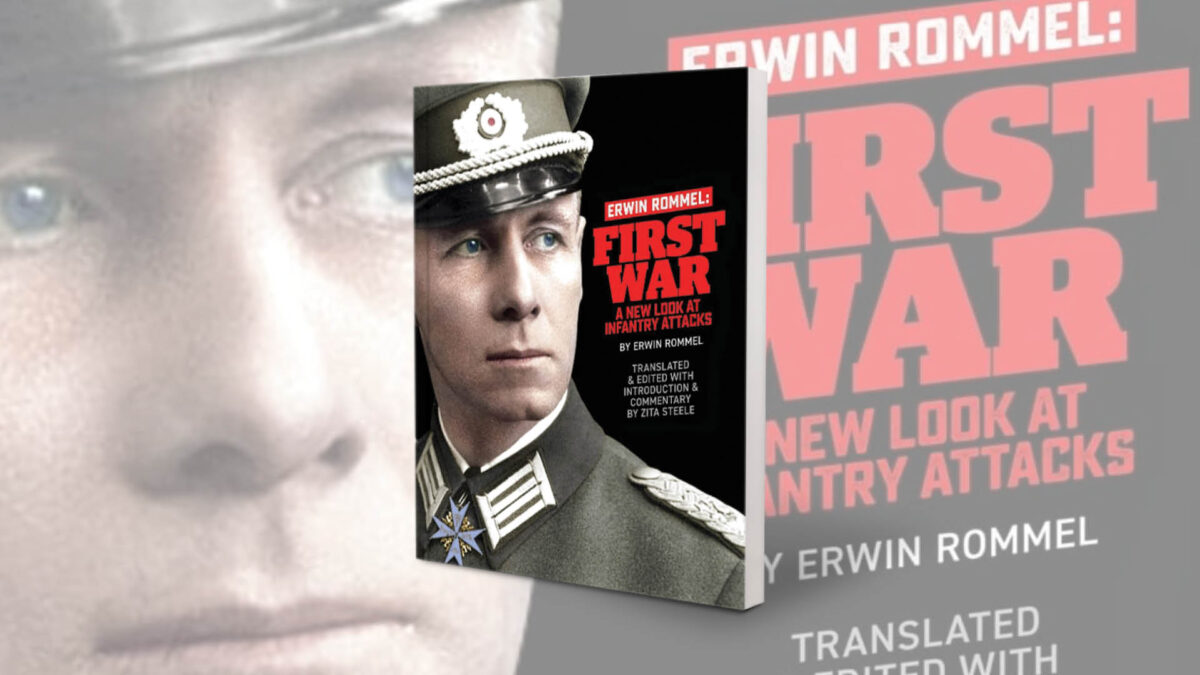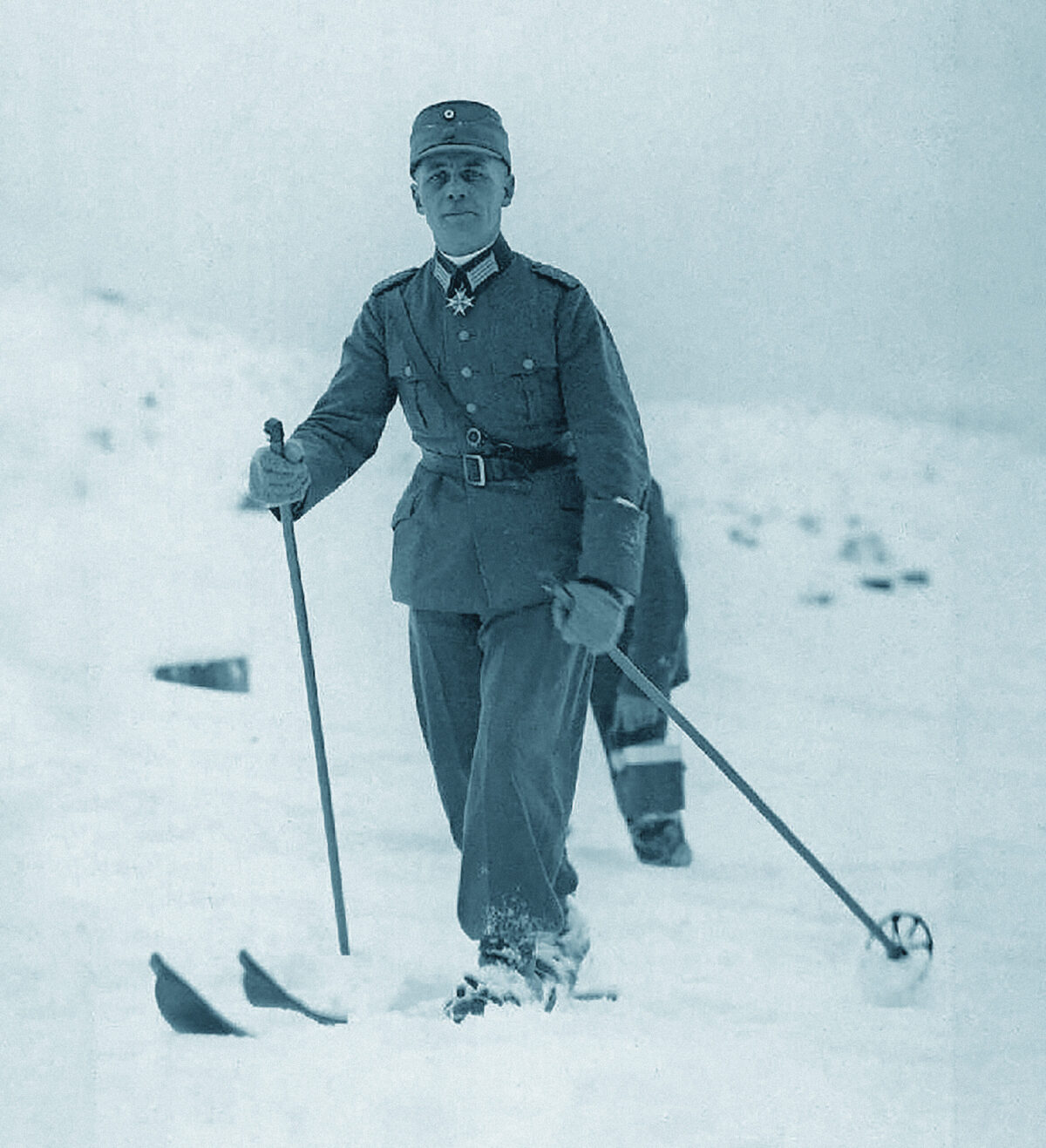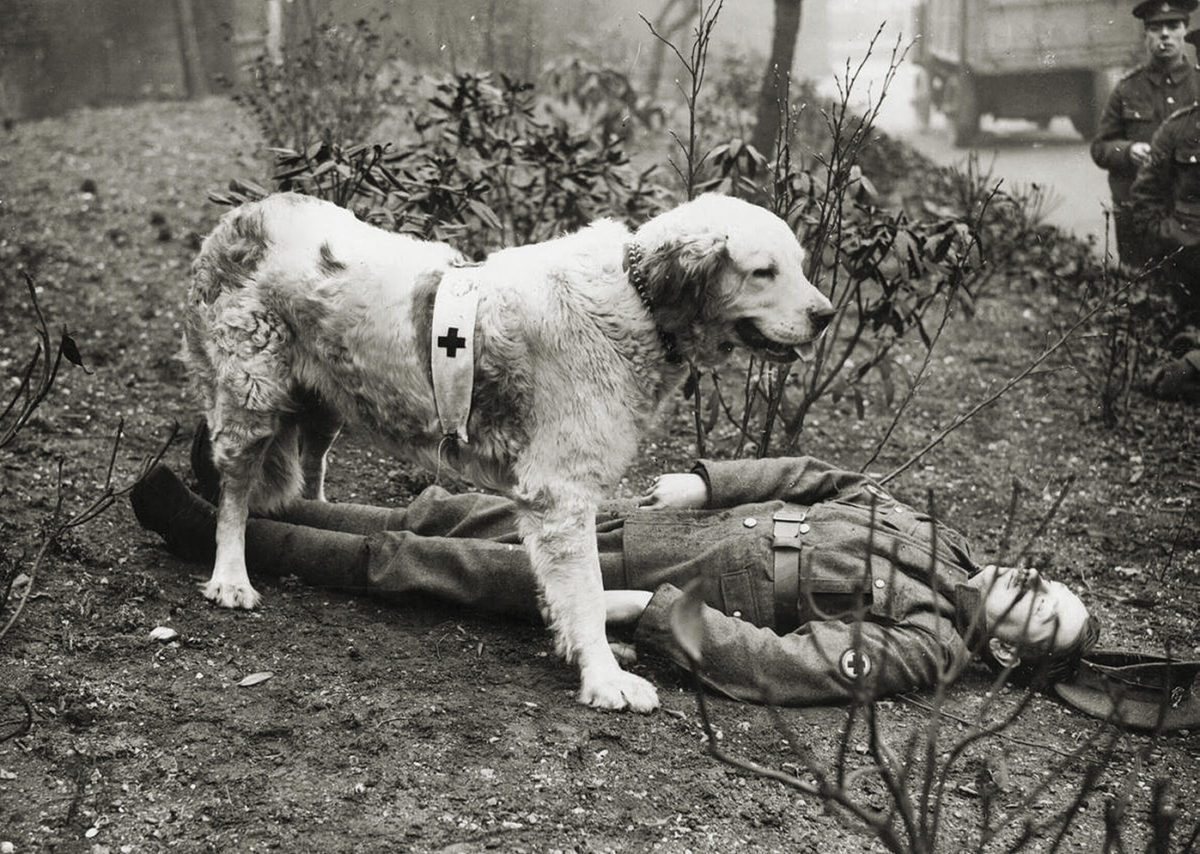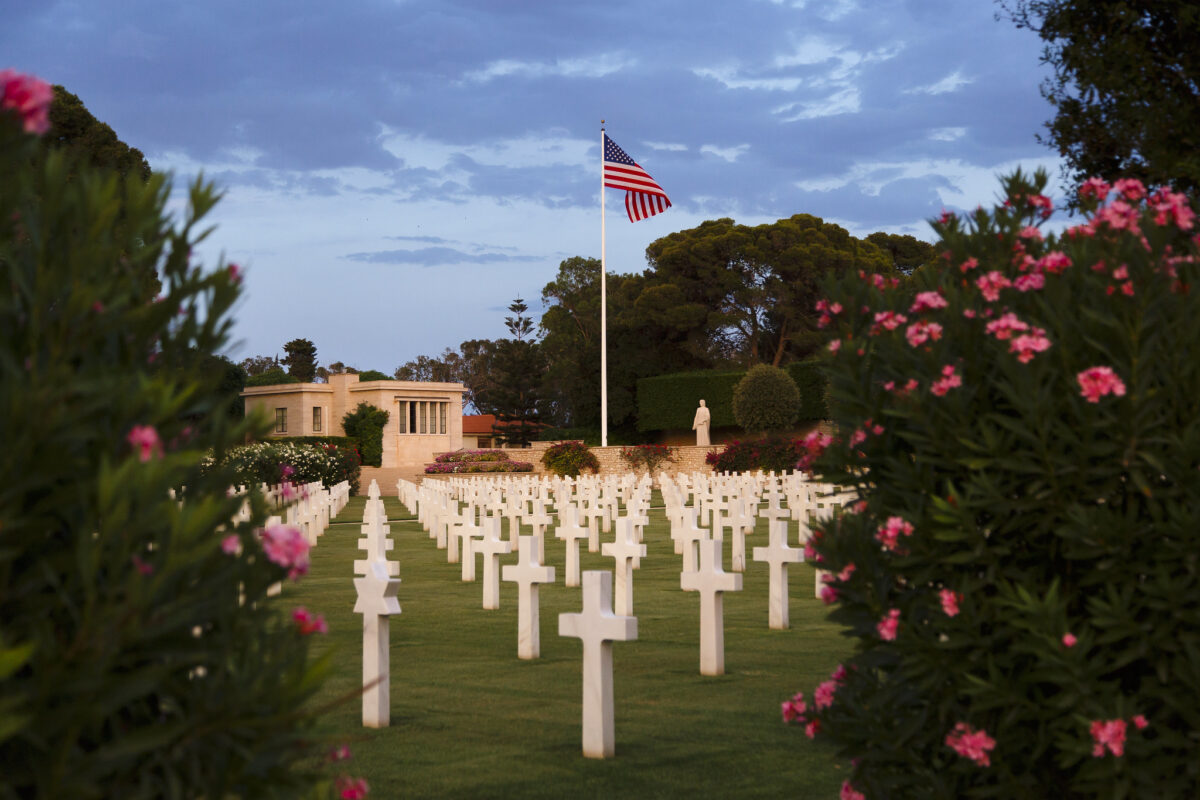World War I Facts
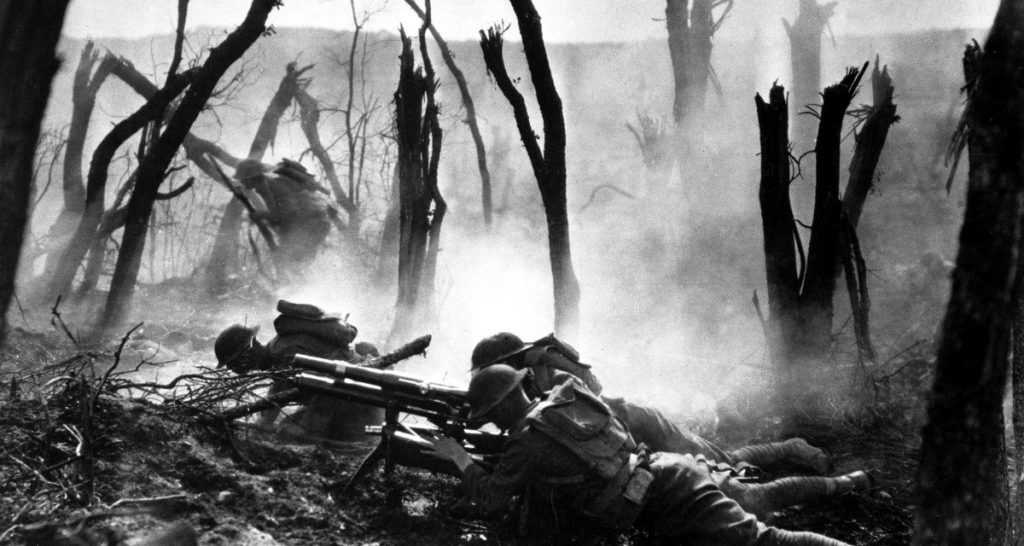
The war fought between July 28, 1914, and November 11, 1918, was known at the time as the Great War, the War to End War, and (in the United States) the European War. Only when the world went to war again in the 1930s and ’40s did the earlier conflict become known as the First World War.
Its casualty totals were unprecedented, soaring into the millions. World War I is known for the extensive system of trenches from which men of both sides fought. Lethal new technologies were unleashed, and for the first time a major war was fought not only on land and on sea but below the sea and in the skies as well. The two sides were known as the Allies or Entente — consisting primarily of France, Great Britain, Italy, Russia, and later the United States — and the Central Powers, primarily comprised of Austria-Hungary (the Habsburg Empire), Germany, and the Ottoman Empire (Turkey). A number of smaller nations aligned themselves with one side or the other. In the Pacific Japan, seeing a chance to seize German colonies, threw in with the Allies. The Allies were the victors, as the entry of the United States into the war in 1917 added an additional weight of men and materiel the Central Powers could not hope to match.
WHEN DID WORLD WAR I START?
July 28, 1914
When Did World War I End?
November 11, 1918
WHERE DID WORLD WAR I TAKE PLACE?
Europe, Mediterranean, and Northern Africa
Who Won World War I?
The Allied powers, namely France, Great Britain, and the United States.
ALLIED Leaders
- Nicholas II, Czar of Russia
- Aristide Briand, Prime Minister of France (1915-1917)
- Georges Clemenceau, Prime Minister of France and Minister of War (1917–1920)
- H. H. Asquith, Prime Minister of the United Kingdom (1908–1916), Secretary of State for War (1914)
- David Lloyd George, Prime Minister of the United Kingdom (1916–1922), Secretary of State for War (1916)
- Woodrow Wilson, President of the United States
Central Power Leaders
- Franz Joseph I, Emperor of Austria (1848-1916)
- Karl I, Emperor of Austria (1916-1918)
- Wilhelm II, German Emperor
- Mehmed V, Sultan of the Ottoman Empire (1909-1918)
Related Stories & Content
World War I summary:
The war resulted in a dramatically changed geopolitical landscape, including the destruction of three empires: Austro-Hungarian, Ottoman and Russian. New borders were drawn at its conclusion and resentments, especially on the part of Germany, left festering in Europe. Ironically, decisions made after the fighting ceased led the War to End War to be a significant cause of the Second World War.
As John Keegan wrote in The First World War (Alfred A. Knopf, 1999), “The First World War was a tragic and unnecessary conflict … the train of events that led to its outbreak might have been broken at any point during the five weeks of crisis that preceded the first clash of arms, had prudence or common goodwill found a voice.”
CASUALTIES IN WORLD WAR I
In terms of sheer numbers of lives lost or disrupted, the Great War was the most destructive war in history until it was overshadowed by its offspring, the Second World War: an estimated 10 million military deaths from all causes, plus 20 million more crippled or severely wounded. Estimates of civilian casualties are harder to make; they died from shells, bombs, disease, hunger, and accidents such as explosions in munitions factories; in some cases, they were executed as spies or as “object lessons.” Additionally, as Neil M. Heyman in World War I (Greenwood Press, 1997) wrote, “Not physically hurt but scarred nonetheless were 5 million widowed women, 9 million orphaned children, and 10 million individuals torn from their homes to become refugees.” None of this takes into account the deaths in the Russian Civil War or the Third Balkan War, both of which directly resulted from World War I, nor the Spanish influenza pandemic of 1918 that killed 50 million people worldwide, which was spread in part by conditions at the front and by soldiers returning home.
The highest national military casualty totals—killed, wounded, and missing/taken prisoner—in round numbers (sources disagree on casualty totals), were:
- Russia: 9,150,000
- Germany: 7,143,000
- Austria-Hungary: 7,000,000
- France, 6,161,000
- Britain & Commonwealth: 3,190,000
- Italy: 2,197,000
- Turkey (Ottoman Empire): 975,000
- Romania: 536,000
- Serbia: 331,000
- USA: 323,000
- Bulgaria: 267,000
For more information, click to see the Casualties of World War I.
What Started World War I?
Prime Minister of Germany Otto von Bismarck had prophesied that when war again came to Europe it would be over “some damn foolish thing in the Balkans.” Indeed, the assassination of Archduke Franz Ferdinand, heir apparent to the Habsburg throne of Austria-Hungary, and his wife, Sophie, by a Serbian nationalist on June 28, 1914, was the match that lit the fuse—but it didn’t create the powder keg. The outbreak of war between European nations was the result of several factors:
- Concern over other countries’ military expansion, leading to an arms race and entangling alliances
- Fear of losing economic and/or diplomatic status
- Long-standing ethnic differences and rising nationalism in the Balkans
- French resentment of territorial losses in the 1871 Franco-Prussian War
- The influence exerted by military leaders
Following their 1871 victory in the Franco-Prussian War, the German states unified into a single nation. Its leader, Kaiser Wilhelm II, eldest grandson of Britain’s Queen Victoria, envisioned an Imperial Navy that could rival Great Britain’s large and renowned fleet. This would increase German influence in the world and likely allow the country to expand its colonial holdings. Britain, fearful of losing its dominance of the seas, accelerated its naval design and construction to stay ahead of the Kaiser’s ship-building program.
Russia was rebuilding and modernizing its large army and had begun a program of industrialization. Germany and Austria-Hungary saw the threat posed by Russia’s large population and, hence, its ability to raise a massive army. They formed an alliance for self-protection against the Russian bear.
France, still stinging over the loss of Alsace and part of Lorraine in the Franco-Prussian war, made an agreement allying itself with Russia in any war with Germany or Austria-Hungary. Britain, after finding itself friendless during the Second Boer War in South Africa (1899–1902) allied itself with France and worked to improve relations with the United States of America. Russia, with many ethnic groups inside its vast expanse, made an alliance with Serbia in the Balkans.
The old Ottoman Empire was crumbling; “The Sick Man of Europe” was the phrase used to describe the once-powerful state. As its ability to exert control over its holdings in the Balkans weakened, ethnic and regional groups broke away and formed new states. Rising nationalism led to the First and Second Balkan Wars, 1912 and 1913. As a result of those wars, Serbia increased its size and began pushing for a union of all South Slavic peoples. Serbian nationalism led 19-year-old Gavrilo Princip to assassinate Archduke Franz Ferdinand, heir apparent to the Habsburg throne of Austria-Hungary, and his wife, Sophie. Austria-Hungary, urged on by Germany, sent a list of demands to Serbia in response; the demands were such that Serbia was certain to reject them. When it did, the Habsburg Empire declared war on Serbia on July 28, exactly one month after the archduke’s assassination. Russia came in on the side of the Serbs, Germany on the side of the Habsburgs, and the entangling alliances between the nations of Europe pulled one after another into the war. Although diplomats throughout Europe strove to settle matters without warfare right up to the time the shooting started, the influence military leaders enjoyed in many nations won out—along with desires to capture new lands or reclaim old ones.
COMBAT IN THE FIRST WORLD WAR
German military planners were ready when the declarations of war began flying across Europe. They intended to hold off the Russians in the east, swiftly knock France out of the war through a maneuver known as the Schliefffen Plan, then throw their full force, along with Austria-Hungary, against the Russians. The Schliefffen Plan, named for General Count Alfred von Schlieffen who created it in 1905, called for invading the Low Countries (Luxembourg and Belgium) in order to bypass to the north the strong fortifications along the French border. After a rapid conquest of the Low Countries, the German advance would continue into northern France, swing around Paris to the west and capture the French capital. It almost worked, but German commander in chief General Helmuth von Moltke decided to send his forces east of Paris to engage and defeat the weakened French army head-on. In doing so he exposed his right flank to counterattack by the French and a British Expeditionary Force, resulting in the First Battle of the Marne, September 6–10, 1914. Despite casualties in the hundreds of thousands, the battle was a stalemate, but it stopped the German drive on Paris. Both sides began digging a network of trenches. The First Battle of the Marne was a window onto how the rest of the war would be fought: extensive trenchworks against which large numbers of men would be hurled, suffering extremely high casualties for little if any territorial gains. The centuries-old method of massed charges to break through enemy positions did not work when the men faced machine guns, barbed wire, and drastically more effective artillery than in the past.
The next four years would see battles in which millions of artillery shells were fired and millions of men were killed or mutilated. Click here to read about some of the costliest battles of the First World War. Deadly new weapons were responsible for the unprecedented carnage.
NEW WEAPONS OF WORLD WAR I
Among the lethal technological developments that were used for the first time (or in some cases used for the first time in a major conflict) during the Great War were the machine gun, poison gas, flamethrowers, tanks and aircraft. Artillery increased dramatically in size, range and killing power compared to its 19th-century counterparts. In the war at sea, submarines could strike unseen from beneath the waves, using torpedoes to send combat and merchant ships to the bottom. Click here for more information on Weapons of World War I.
WAR ON THE EASTERN FRONT
On the Eastern Front, the German general Paul von Hindenburg and his chief of staff Erich Ludendorff engineered strategies that gave them dramatic victories over Russian armies. The war became increasing unpopular among the Russian people. Ludendorff, sensing a chance to take Tsar Nicholas II’s country out of the war, arranged for an exiled Marxist revolutionary named Vladimir Lenin to cross Europe in a special train and get back into Russia. As hoped, Lenin helped fuel the rising revolutionary fervor. The tsar was deposed and executed with his family in the March 1917 revolution. For the first time in Russian history a republican democracy was established, but its leaders underestimated the people’s resistance to continuing the war. When the new government failed to bring about a rapid peace, it was overthrown in November by a socialist revolution led by Lenin, following which Russia signed a peace agreement with Germany.
WAR IN THE MOUNTAINS
Fighting in the high elevations of the Balkans and Alps created additional agony for soldiers fighting there: bitterly cold winters and especially rugged terrain.
Serbia, whose countryman had fired the shots that gave rise to the slaughter taking place in Europe, was invaded twice by Austria-Hungary but repulsed both attempts. In the autumn of 1915, a third invasion came. This time the Hapsburgs were joined by Germany and Bulgaria. The outnumbered Serbs gave ground. Ultimately, the Serbian Army only escaped annihilation by a demanding march through Albania to the Adriatic Sea, where the French Navy rescued the survivors.
Romania remained neutral until August 1916 when it joined the Allies and declared war on Austria-Hungary in hopes of securing additional territories including Transylvania. As the poorly trained Romanian army advanced into Transylvania, German forces invaded and occupied Romania itself, quickly knocking the country out of the war.
Italy, wooed by both sides, entered the war on the Allied side in May 1915. Its efforts were concentrated on breaking through Austria’s mountain defenses, but its poorly equipped soldiers were ground up in a series of attacks at the Isonzo River, though their opponents also suffered severely. What gains the Italians made in the war were wiped out by a rout that began at Caporeto in October 1917 and unhinged the entire line.
THE WAR SPREADS BEYOND EUROPE
While soldiers in Europe lived and died in the muddy, disease-ridden trenches, Britain attempted an attack in February 1915 against the Ottoman Empire, the “soft underbelly” of Europe, to aid the Russians and, ideally, force Turkey out of the war. An attempted invasion on the Gallipoli Peninsula resulted in a bloody repulse, but war in the interior of the Ottoman Empire met with greater success. Arab groups seeking to overthrow the empire waged a successful guerrilla war in the Mideast, led by Prince Feisal, third son of the Grand Sharif of Mecca. The revolt was aided by British liaison officer T.E. Lawrence of Wales, who became known as Lawrence of Arabia.
When the war ended, the Ottoman Empire was broken up. England and France drew borders for new countries in the Mideast without regard for ethnic and religious factions. The centuries-old tensions between the native inhabitants of the region led to many of the problems causing turmoil in the Mideast today, another irony of the War to End War.
WAR AT SEA
Africa was home to a sideshow of the European fighting. European nationals and colonial troops of both sides fought against each other, but the German colonies were widely separated and unable to support each other. In German East Africa (Tanzania) an aggressive general named Paul von Lettow-Vorbeck waged a guerilla campaign against his British opponents until after the armistice was signed in Europe that ended the Great War.
In the waters of the Pacific Ocean German commerce raiders found prey among merchant vessels of Allied nations. Japan joined the Allies war effort on August 23, 1914, ostensibly in fulfillment of the Anglo-Japanese Treaty of 1911. The Land of the Rising Sun seized German colonies such as the Marianas, Marshalls and Carolines island chains that would see intense fighting during the Second World War.
Among the causes of the First World War was the naval arms race that began with Britain’s deployment of HMS Dreadnought, a new design that eschewed small, secondary arms in favor of big guns heavily armored for protection. Every nation wanted a Dreadnought, and Germany sought to increase the size of its fleet to the level of Britain’s. Accomplishing that goal while supporting large armies engaged in warfare proved impossible for Germany, but World War I saw the last great battles fought entirely between surface ships. Notable naval engagements include the Falkland Islands and Coronel off South America, and the battles of Heligoland Bight, Dogger Bank and Jutland in the North Sea. Jutland would prove to be not only the largest naval battle up to that time but the last in which fighting would take place only between surface ships. In World War II, the aircraft carrier became the most lethal surface ship and allowed enemy fleets to engage in battle without ever seeing each other from a captain’s bridge.
The most significant advance in naval warfare to come out of the Great War was the development of submarines, which the German Imperial Navy called Unterseeboots (undersea boats). That got shortened to U-boats, a name that became synonymous with submarine. Subs could hide beneath the waves in shipping lanes to attack merchant or combat ships with torpedoes without ever being seen. Such attacks on merchant or passenger ships without giving the crews and passengers warning so they could escape in lifeboats was considered a violation of the laws of naval warfare, and became known as “unrestricted” submarine warfare. Germany engaged in such unrestricted warfare until U-20 sunk the British passenger liner Lusitania off Ireland in May 1915. Over 1,200 lives were lost, including 128 Americans, and the US threatened to break diplomatic relations with Germany. The Imperial Navy subsequently instituted strict regulations for U-boat attacks, but those went by the boards in 1917 as the Germans tried to cut off supplies to Britain and starve the island nation into submission. It was a bad decision. The renewal of unrestricted submarine warfare and subsequent sinking of three American ships brought the US into the war, after which Germany’s fate was all but sealed.
WAR IN THE AIR
Airplanes had already seen limited military before World War I began. Italian aircraft were used for reconnaissance and small-scale bombing during the Italo-Turkish War of 1911. Aircraft during World War I continued to be used primarily for reconnaissance, including photo-reconnaissance missions. The first aircraft of the war weren’t even armed, since no serious effort had been made to create a fighting flying machine. Pilots began shooting at each other with pistols and rifles. Soon various schemes were attempted to attach machine guns to planes. The breakthrough came in 1915 when Holland’s Anthony Fokker developed a method to synchronize a machine gun’s fire with the rotation of the propeller on his Eindecker (single-wing) design for the German air force.
Early war planes were very light and used small engines with top speeds of less than 100 mph. On many designs the engine was in the rear and pushed the plane through the air. The demands of wartime, each side trying to outdo the other’s technological advances, created rapid improvements in aircraft design. Changes might occur within weeks; in the decades following the war, such changes would take years. By war’s end small, single-engine planes had been joined by multi-engine bombers such as the Giant, which Germany used to bomb British cities. Zeppelins were also used for reconnaissance and for bombing over land and sea. Tethered barrage balloons carried observers high above the front to watch enemy troop movements—and attracted the attention of the enemy’s airborne fighters.
While the war on the ground was a miserable existence in muddy, rat- and disease-infested trenches, and millions of lives might be spent to gain a few miles of territory, the war in the air captured the imagination of the world. Using this exciting new technology to maneuver through the skies and engage the enemy in one-on-one dogfights in which skillful pilots could rise to the status of ace gave the air war a sense of glamour that still hangs over the pilots of World War I.
AMERICA JOINS THE WAR
Most Americans saw little reason for the United States to involve itself in “the European War,” though some individuals—such as young pilots excited at the notion of flying in combat—enlisted through Canada or elsewhere. President Woodrow Wilson won reelection in 1916 on the slogan, “He kept us out of war.” That same year he tried to bring the combatant nations to the bargaining table to seek an end to the war that would be fair to all, but the attempt failed.
America was drawn into the conflict by the Zimmerman telegraph and unrestricted submarine warfare. On January 16, 1917, Foreign Secretary of the German Empire Arthur Zimmerman sent a coded message to the German ambassador in Mexico City, Heinrich von Eckart informing him Germany would return to unrestricted submarine warfare on February 1, a policy that might cause America to declare war. “We shall endeavor in spite of this to keep the United States of America neutral,” Zimmerman wrote, but if those efforts failed, Eckart was to convince Mexico to become Germany’s ally. As an inducement, Eckart was authorized to offer the return of the US states of Texas, New Mexico and Arizona to Mexico after America was defeated.
The code was broken, and the contents of the telegram published on March 1. Americans were outraged. Two weeks later German U-boats sank three American vessels. Wilson asked Congress on April 1 to authorize a declaration of war against Germany, which it did four days later. War was declared on the other Central Powers shortly thereafter.
When American troops and war materiel began arriving in Europe later in 1917, it unalterably shifted the balance of power in favor of the Allies. A final German offensive began on May 21, 1918, an attempt to win the war before the full weight of American strength could arrive. The Spring Offensive (also called the Ludendorff Offensive and the Kaiser’s Battle) sputtered out when German supply vehicles couldn’t keep up with the rapidly advancing soldiers across the broken, cratered battleground, and the Kaiser’s troops were left in poor defensive positions. An Allied operation that became known as the Hundred Days Offensive pushed the enemy back to the German border by September. Germany’s allies began their own peace negotiations.
The German navy mutinied. Ludendorff, architect of many German victories in the east, was dismissed. Riots broke out, often led by German Bolsheviks. Prince Max, Chancellor of Germany, authorized negotiations for peace terms and stipulated that both military and civilian representatives be involved. He then turned his title over to Friedrich Ebert, leader of the Socialist Democratic movement. Kaiser Wilhelm II abdicated on November 9. An agreement between the combatants called for all guns to fall silent on the 11th hour of the 11th day of the 11th month. Yet, even on the morning of November 11, before the designated time for the armistice to begin, some field officers ordered their men to make attacks, which accomplished little except more bloodshed.
THE ARMISTICE
A series of peace treaties were signed between the combatant nations, but the most significant was the Treaty of Versailles, signed on July 28, 1919, five years after Austria-Hungary had declared war on Serbia. Germany had hoped Woodrow Wilson would be a moderating factor that would allow for more generous peace terms, but the nations that had lost millions of young men to the weapons of the Central Powers were in no mood to be forgiving. As a result of the various treaties, the Ottoman Empire was dismantled. Austria-Hungary was broken into separate nations and forced to cede lands to successor states such as Czechoslovakia. Bulgaria was limited to a 20,000-man army, denied any aircraft or submarines and ordered to pay reparations over a 35-year period. Germany was restricted to a standing army of just 100,000 men, denied possession of certain weapons such as tanks, forced to pay reparations to its former enemies and give up all of its overseas colonies as well as some of its territories in Europe. In the coming years Germans would brood over the harsh terms and seek not only to overturn them but to inflict punishment on the nations that demanded them.
All combatant nations had concealed from their people the true extent of casualties during the war, but in Germany, where Hindenburg and Ludendorff were given control over virtually all aspects of civilian life as well as over the military, any negative reports about what was happening at the front were considered “defeatist” and were prohibited. Accordingly, much of the population believed it when they were told Germany was winning the war. The country’s sudden capitulation left them shocked and bewildered. Hindenburg claimed that the German soldier had been winning the war but was “stabbed in the back” by civilians who overthrew the monarchy. The popular old soldier was elected president of Germany, and his “stabbed in the back” myth was used to great effect by a rising political star, Adolf Hitler.

